The Iconography of Water: Well and Tank Forms of the Indian Subcontinent
While numerous Indian monuments are well known in the annals of architectural research and excavation, a category of monuments – baoli, bawadi, kere, kulam, kunda, talao, tanka, wav and zing – was neglected in the oeuvres of architects and art. A few are familiar with the splendid beauty of the Surya Tank, Modhera; the vertiginous Canda Baoli, Abhaneri; the incomparable Rani-ki Wav, Patan; the magnificent Kalyani Tank, Hulikere; and the beautiful Rudabai-ni Wav, Adalaj. Thousands of such monuments are excellent in architectural beauty and design, apparently based on their primary utility – drinking, bathing, religious purification and ornamental (recreation).
Water plays a quintessential role in the life of man. Its harvesting, preservation and careful use are of paramount importance, especially in those regions where rains are scanty. Thus took place the construction of these artificial water bodies. Many of them are within the precincts of temples and mosques, built in a time span of seventh to twentieth century ce.
This volume, devoted to the study of water monuments, is heavily loaded with the design of various structures and other vital information. Every detail in this book is assiduously analysed, compared and rechecked to present the dimensions, proportions and relationships of each of the various elements of the structures. Thus it unravels a number of keys by which others can unlock the mysteries and beauties of these neglected monuments.
It can be a precious collection for architects, historians, researchers and anyone who loves water bodies.
Get it now and save 10%
BECOME A MEMBER

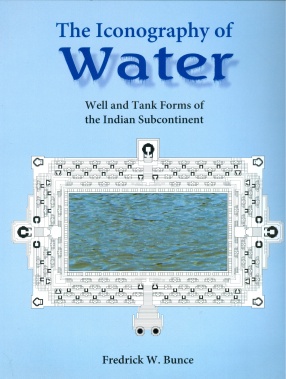
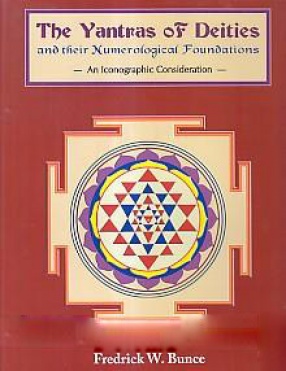

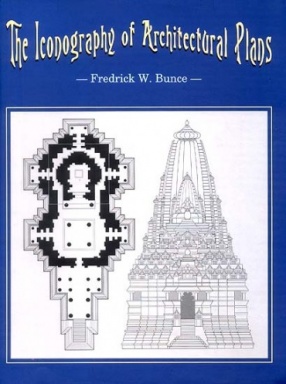

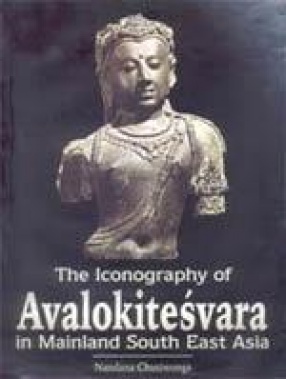
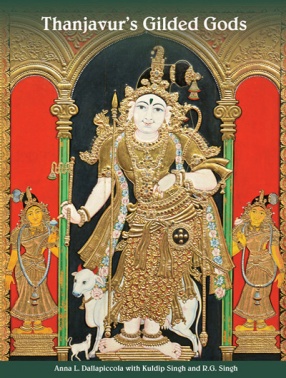
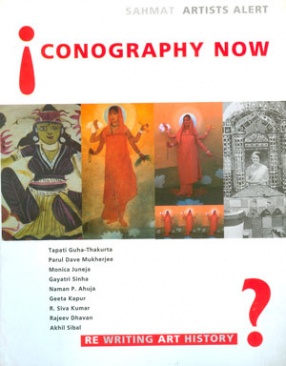
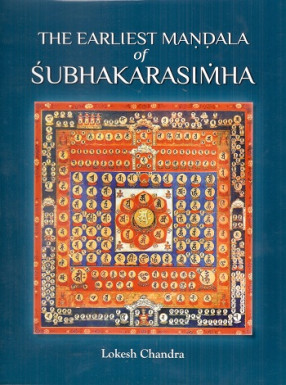

Bibliographic information